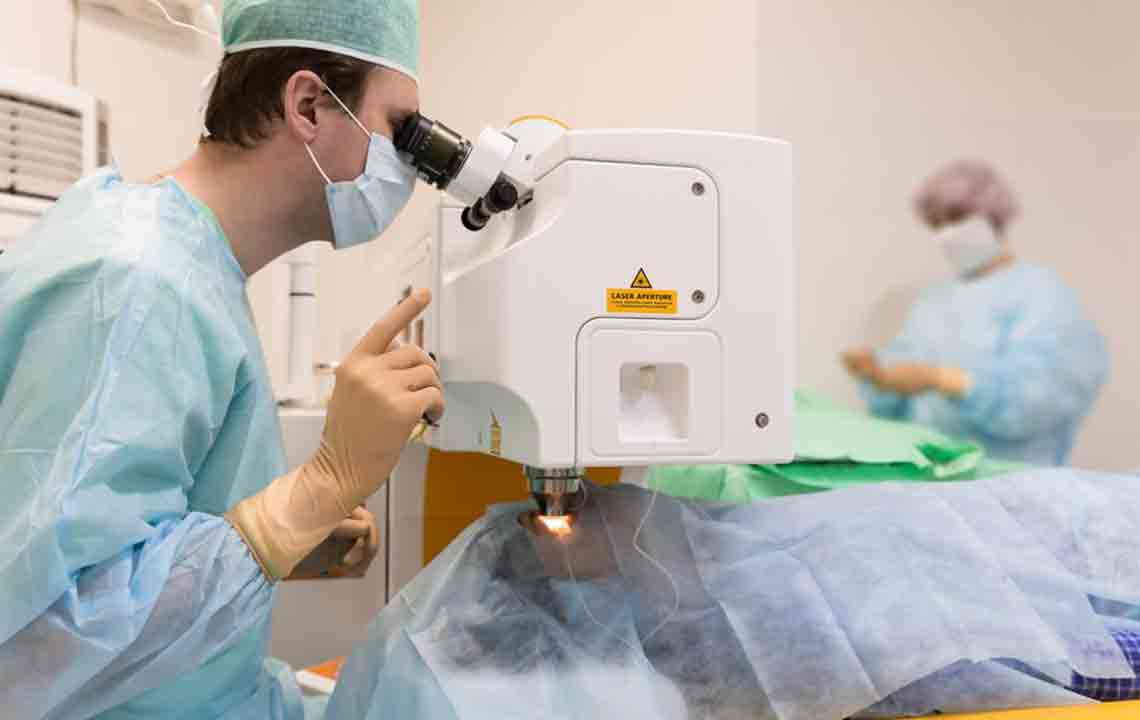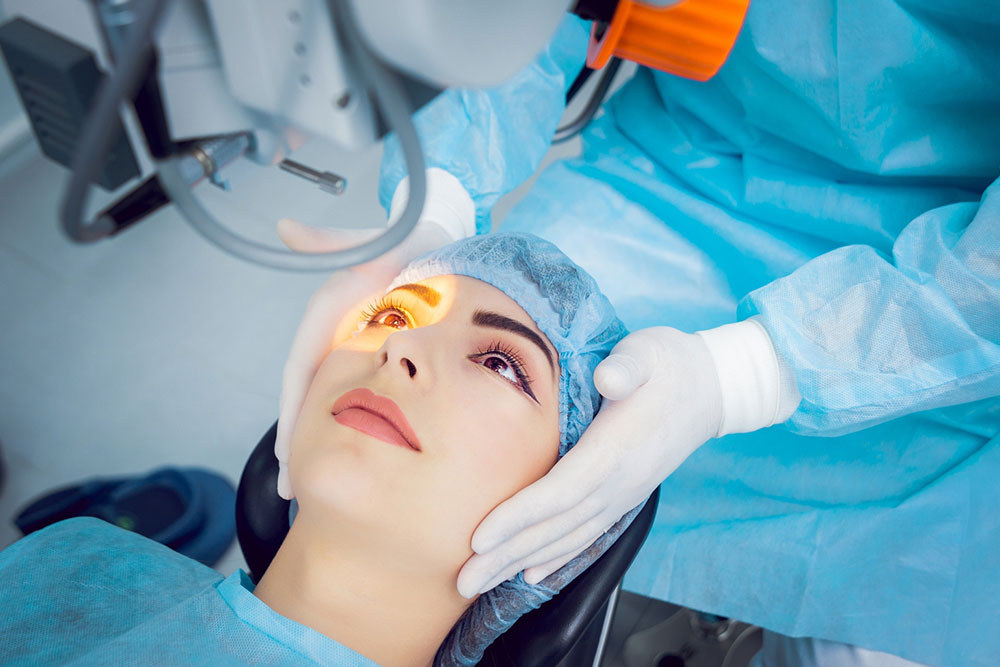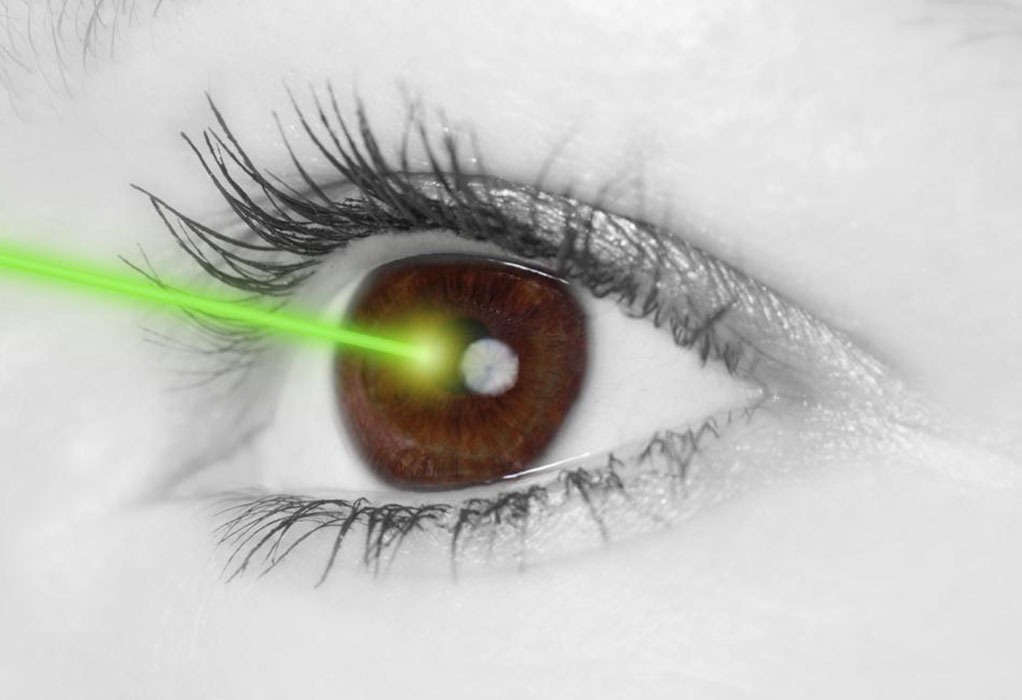Comprehensive Guide to Laser Cataract Surgery Costs and Considerations
Discover a comprehensive guide to understanding the costs and considerations of laser cataract surgery. Learn about insurance coverage, technological advancements, and financial options available to patients. This detailed overview helps you make informed decisions about your eye health and treatment options, emphasizing affordability and quality care for better vision and quality of life.

Comprehensive Guide to Laser Cataract Surgery Costs and Considerations
Cataracts are a common eye condition characterized by clouding of the eye’s natural lens, which is situated behind the iris and pupil. This clouding occurs due to the degeneration or clumping of proteins within the lens, leading to impaired vision. While aging is a primary factor, other external influences such as prolonged sun exposure, diabetes, smoking habits, certain medications, and high levels of myopia (nearsightedness) can accelerate the development of cataracts. Over time, if untreated, the opacity can worsen, significantly obstructing vision and diminishing quality of life.
People experiencing cataracts often notice symptoms such as dull or faded colors, difficulty discerning details, and increased sensitivity to bright lights or glare, especially during daytime or in well-lit environments. These symptoms progressively interfere with daily activities like reading, driving, and recognizing faces, making timely treatment essential.
The traditional approach to treating cataracts involves surgical removal of the clouded lens followed by implantation of a synthetic intraocular lens (IOL). This procedure initially required general anesthesia and a longer recovery period. Since the 1960s, advances in technology, especially ultrasound, revolutionized this process by enabling ophthalmologists to break the lens into tiny fragments through small incisions, thus minimizing healing time and complications. The introduction of laser technology in 1999 further refined cataract surgery by increasing precision in both lens removal and correction of refractive errors, such as nearsightedness (myopia), farsightedness (hyperopia), and astigmatism.
Understanding the costs associated with laser cataract surgery is crucial for patients considering this procedure. The expenses typically range from approximately $1,500 to $3,000 per eye, although this can vary depending on multiple factors including the geographical area, the type of laser technology employed, the complexity of the eye condition, and the surgeon’s expertise. More advanced laser systems, such as wavefront technology, tend to be on the higher end of the price spectrum due to their increased precision and efficacy. Additionally, some clinics offer warranty plans—either for a year or lifetime—that protect against potential complications or the need for future corrections. Bladeless surgeries, utilizing femtosecond lasers to carry out precise incisions without traditional blades, often add about $200 per eye to the overall cost.
Medicare and most private insurance plans are increasingly covering laser cataract surgery, particularly for patients over 60 years of age. Coverage details often depend on the specific policy and the necessity of the procedure. Many insurers view cataract surgeries as medically necessary, especially when vision impairment affects daily life or safety. For elective steps such as laser correction or premium lens implants, additional costs may be applicable, and patients should verify coverage beforehand. Moreover, many financial institutions and clinics offer installment plans or fixed-rate financing options, easing the financial burden associated with this essential procedure. Notably, patients without insurance coverage must bear the full cost, which varies based on local fees, surgeon charges, and the complexity of the case.
Prior to scheduling surgery, thorough communication with your insurance provider or Medicare representative is vital to understanding what expenses will be covered, what co-pays or deductibles apply, and whether pre-authorization is needed. Clarify questions related to lens options, the surgical facility, and post-operative follow-up. To manage costs more effectively, consider leveraging tax-advantaged accounts such as Flexible Spending Accounts (FSA) or Health Savings Accounts (HSA). These accounts allow pre-tax payments for medical expenses, including laser eye surgeries. Unused HSA funds can often be rolled over year to year, providing a sustainable way to save for future medical needs and reduce out-of-pocket expenses.
In summary, laser cataract surgery offers a highly precise, minimally invasive option for restoring vision affected by cataracts. While the costs may seem significant, understanding the various factors influencing pricing and exploring options for insurance coverage or financing can help make this life-changing procedure more accessible. Consulting with qualified ophthalmologists and financial advisors ensures you are well-informed about the best choices for your vision health and financial well-being, allowing you to enjoy clearer sight and improved quality of life post-surgery.





